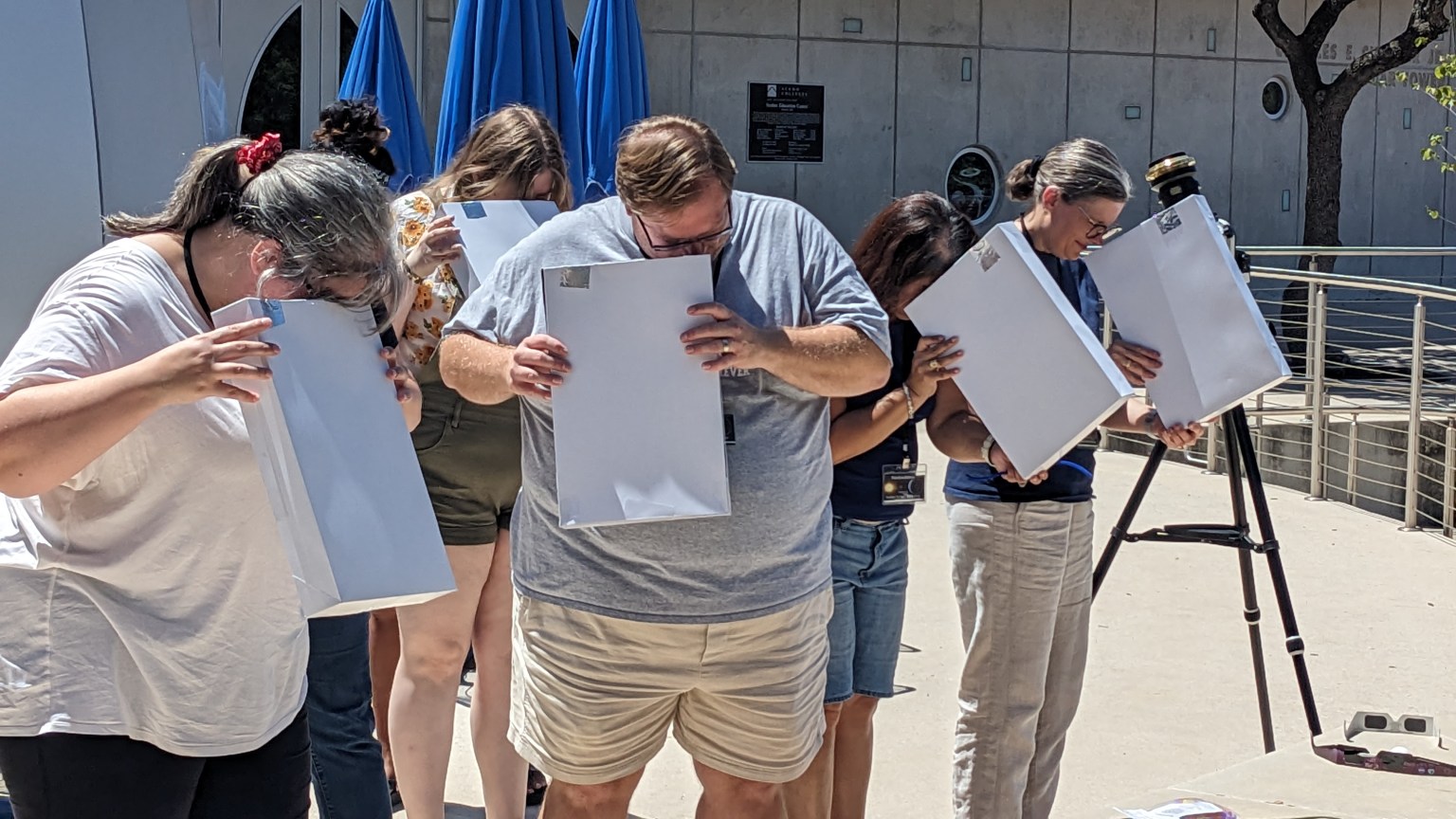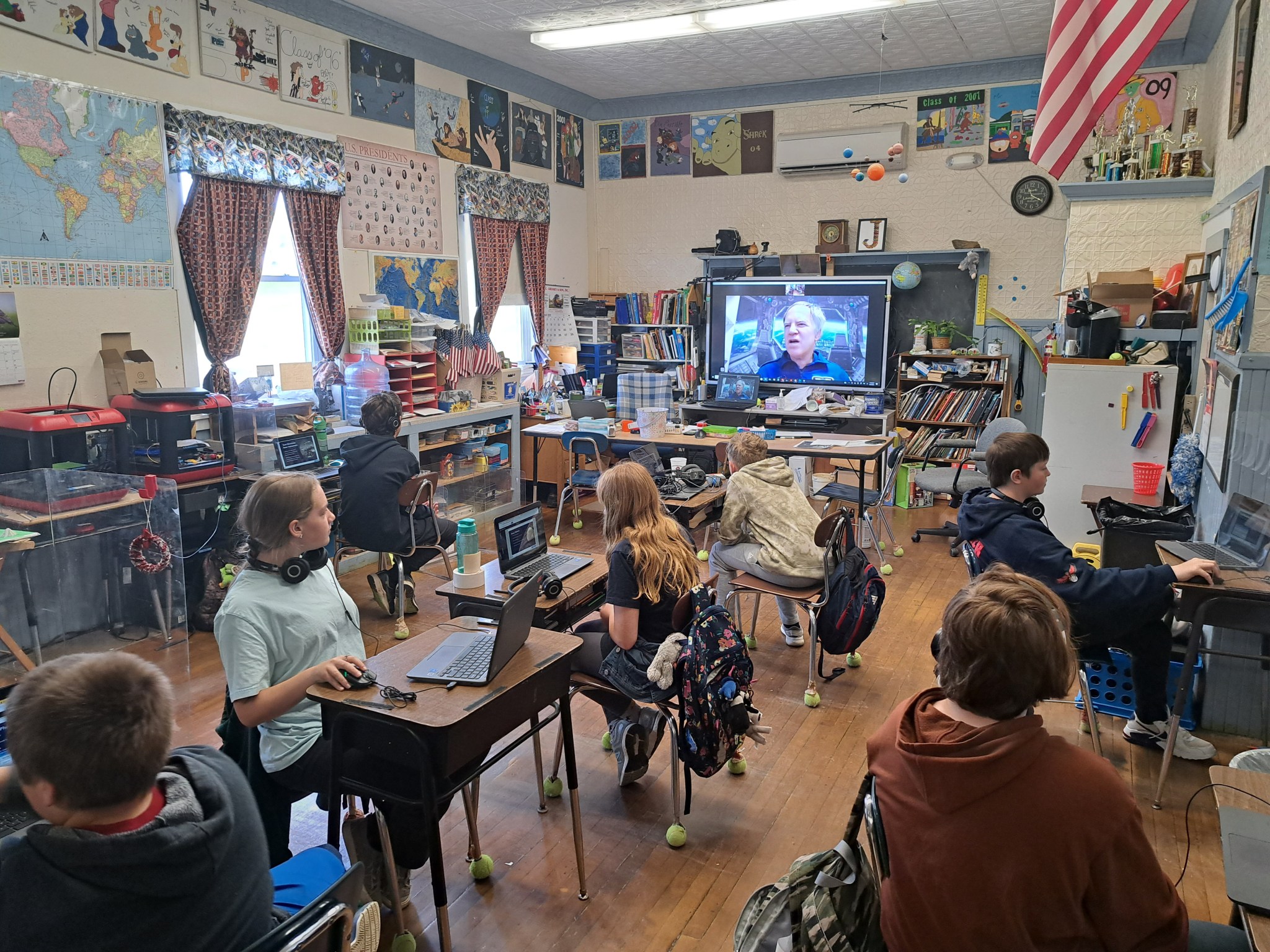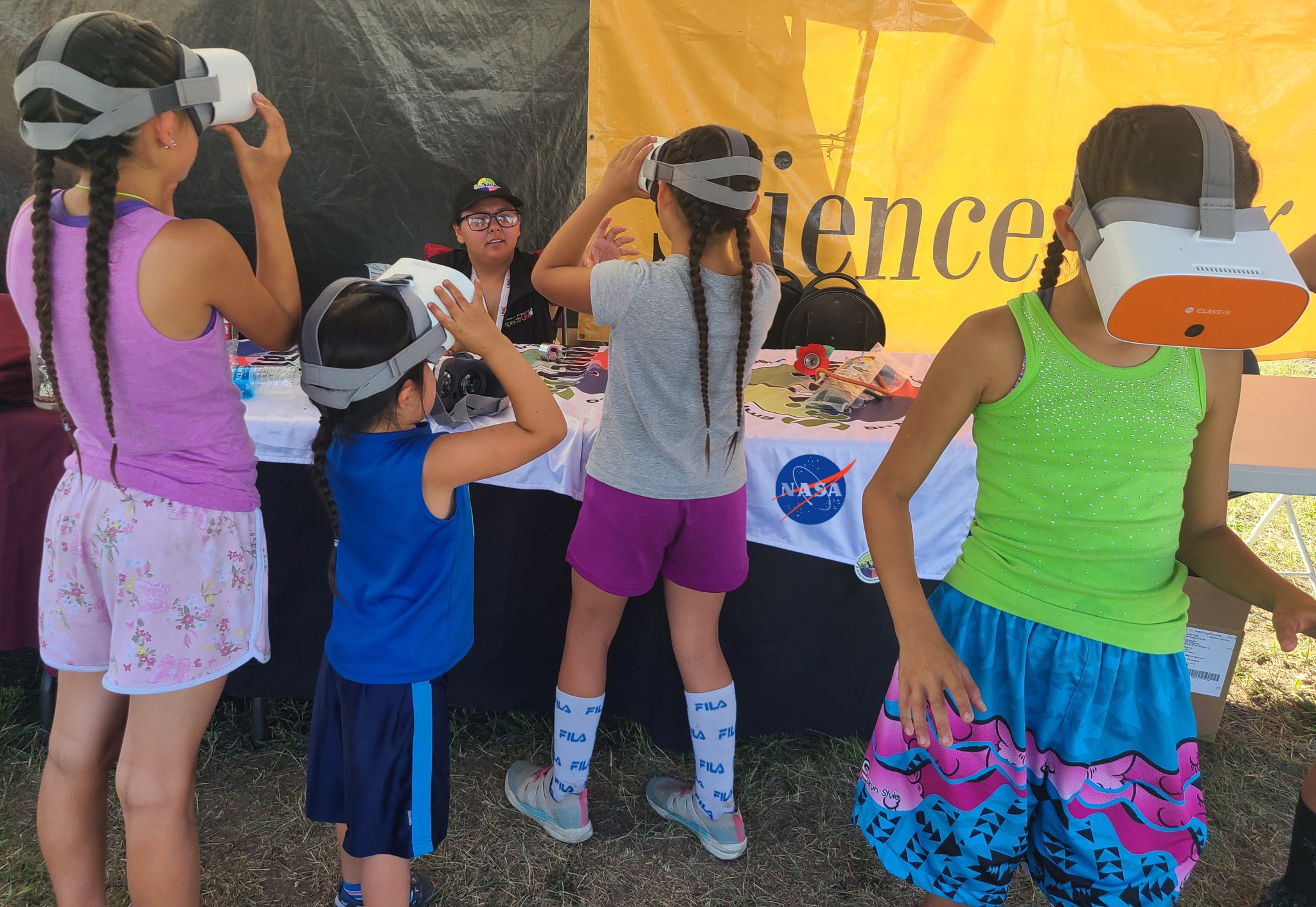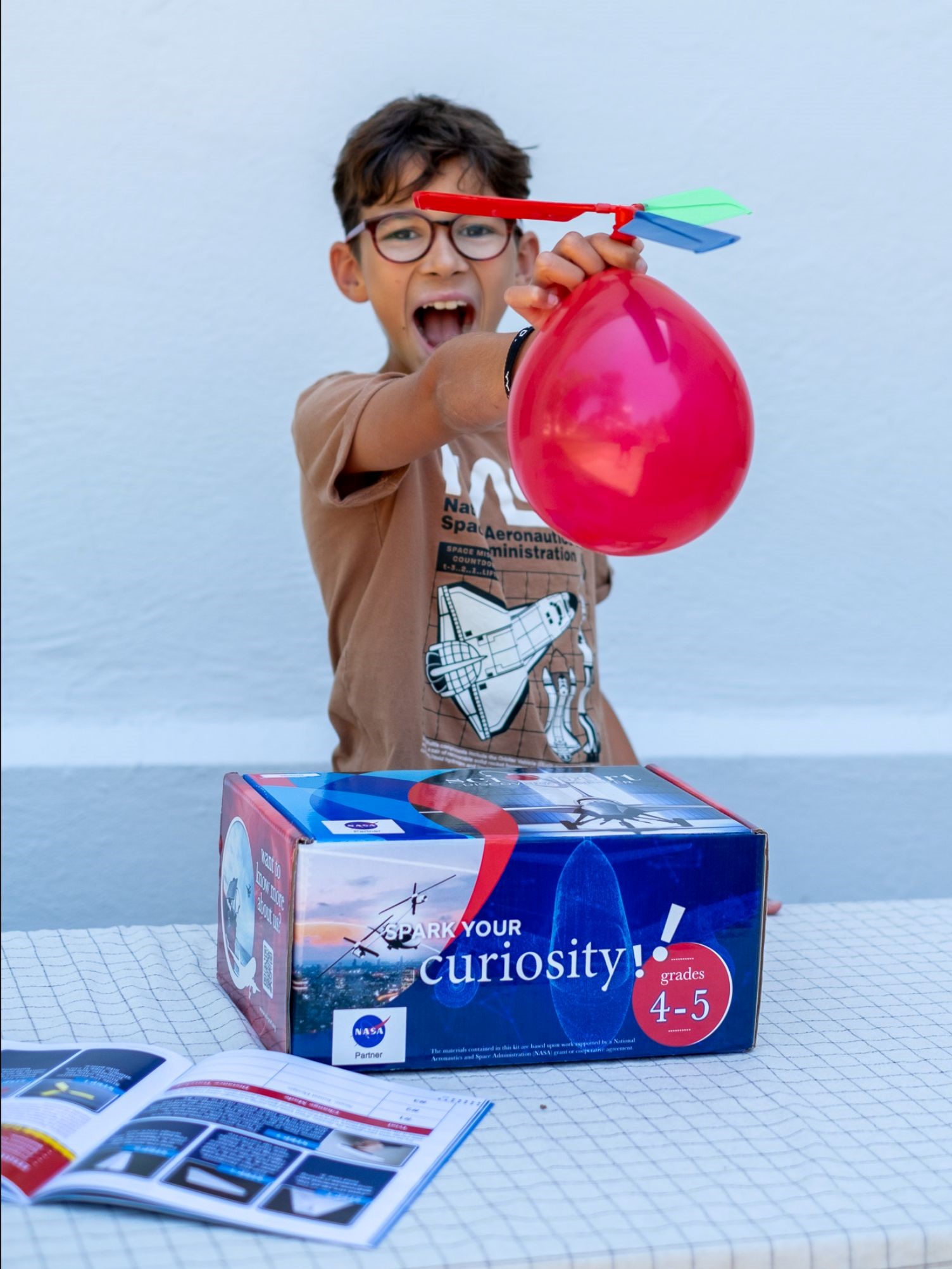
NASA awards inspire the next generation of explorers by helping community institutions like museums, science centers, libraries, and other informal education institutions and their partners bring science, technology, engineering, and mathematics (STEM) content to their communities. NASA's Next Generation STEM project has expanded the Teams Engaging Affiliated Museums and Informal Institutions (TEAM II) program to include a new tier of funding and provide even more opportunities to informal educational institutions across the country.
The new STEM Innovator tier will fund awards of approximately $250,000, the Community Anchor tier will continue to offer awards up to $50,000, and the highest award level will be designated the National Connector and fund initiatives up to $900,000. Fiscal year 2024 solicitations will target the Community Anchor and the new STEM Innovator award levels. Community Anchor and National Connector awards will be the focus for the fiscal year 2025 solicitation.
The TEAM II program was first expanded to include Community Anchors in 2022. Since then, the program has designated over 50 institutions across 29 states as NASA Community Anchors. These awards support proposals that strengthen the STEM impact of many community organizations, including:

The Challenger Learning Center of Maine reached more than 960 K-8 students statewide through 58 virtual programs touching 27 mainland schools and four island schools, hosted a STEM community night for residents of rural Whiting, Maine, and held two virtual programs featuring NASA women engineers for girls across the state.
"NASA's funding allowed Challenger Maine to provide this Mars mission experience for free to schools, no matter their size," said Kirsten Hibbard, executive director of the Challenger Learning Center of Maine. "We've connected with new schools and become this resource, literally a community anchor of STEM, for these schools."

The University of Montana spectrUM Discovery Area engaged western Montana's rural and tribal communities in understanding the role NASA and its partners play in sensing and responding to fire. SpectrUM developed the Montana Virtual Reality Fire Sensing Experience. Using ClassVR headsets, visitors learned about NOAA's (National Oceanic and Atmospheric Administration) Joint Polar Satellite System satellites, JPSS-1 and JPSS-2, and how they are used to remotely sense the Earth.
SpectrUM collaborated with its community advisory group, SciNation on the Flathead Reservation, to incorporate fire and Earth science curricula developed by the Confederated Salish and Kootenai Tribes into their field trip and educational programs, impacting hundreds of students.

Sci-Port Discovery Center Shreveport, Louisiana introduced middle and high school students to NASA aeronautics content through their Aeronautics Museum in a Box kits. The kits were developed in collaboration with NASA's Aeronautics Research Mission Directorate, Sci-Port, and Central Creativity. The kits include fun, hands-on activities focusing on the parts of an airplane, principles of flight, airplane structure and materials, propulsion, future of flight, careers, and more. Students and families from underserved communities across Northwest Louisiana tested the kits and shared feedback with developers.
"Museum in a Box brought our participants to new heights beyond their imagination. They see themselves as teachers for their children, as a source of guidance for STEM careers instead of gangs," said Dr. Heather Kleiner, director, Northwest LaSTEM Innovation Center, Sci-Port Discovery Center.
U.S. informal education institutions interested in proposing for these awards are invited to attend an optional pre-proposal webinar Thursday, July 25, or Tuesday, August 13. Event times and connection details are available here.






